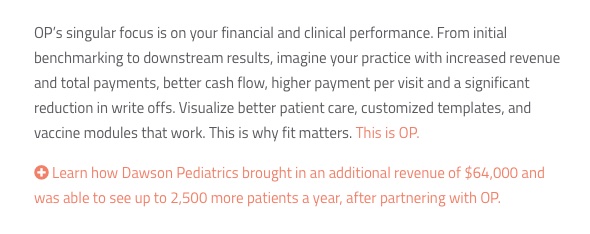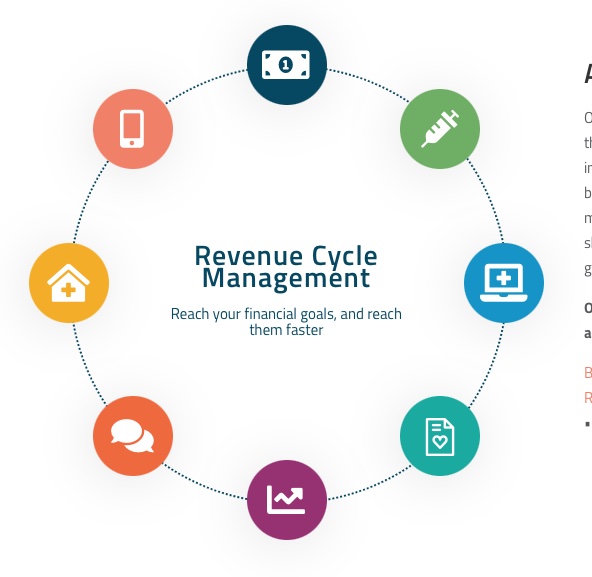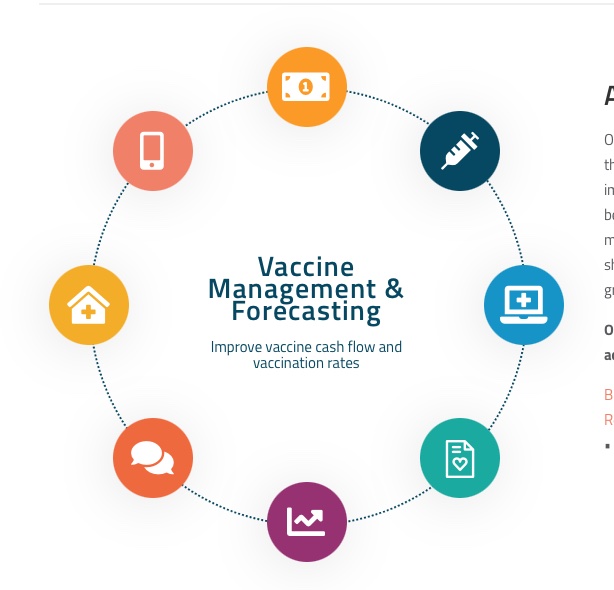March 2023 — Judge Mastroianni just dictated that Connexin Software Inc., AKA Office Practicum (OP), should respond to our interrogatories regarding their business in Massachusetts so as to provide inputs for him on the issue of venue. (Not the case itself, but just whether it can be heard in Massachusetts where I do business with them.) This is exactly what he said about a year ago, but Office Practicum’s lawyers did everything to obstruct that discovery, costing me about $30,000 in legal fees, a year of my life, and leading my lawyer to ask for sanctions. Those, after a long delay, led to the judge, a year later, to simply telling OP to do what he told them to do in the first place.
So here I am, an individual retired software engineer, realizing (am I the first person to observe this?) that our legal system works very well for companies backed by $3 billion private equity firms and not so well for individuals.
There seems to be no reason for a large company to NOT steal intellectual property from individuals if it suits them.
One other point, my lawyer advises me against writing this blog, because they have threatened to sue me for libel for doing so. Now, there’s nothing I write that isn’t true, except that doesn’t mean they can’t sue, and tie me up in a different case, that will impact and complicate the first one. I don’t care. Here’s a brief history of the case up to the present.
History
Here is the full background on the case: VacLogic Lawsuit, what follows is a quick summary.
The copyright infringement law suit against Office Practicum began in September of 2021, after they informed me, in July of 2021, that they were no longer going to pay a $7,000 annual license for my product, ARulesXL, a fee they had paid every year since 2010. This would have been OK, except they further informed me they were going to continue to use ARulesXL without paying for an annual license.
Office Practicum provides software that supports pediatric medical practices and ARulesXL is the platform that enables their module that analyzes and schedules all of those childhood vaccines.
Multiple attempts to get them to pay the annual license fee, or to get them to stop using the product, failed, so, for the first time in my 30+ years in business I contacted a lawyer. We sued for copyright infringement and asked the court for an injunction to stop them from using and distributing the software to their customers.
The case is incredibly simple and no more complicated than expressed in that paragraph above. Yet tens of thousands of dollars went into motions and counter motions and counters to those motions. These include their argument that a 2003 memorandum of understanding (MOU) written years before ARulesXL existed, and that makes no mention of ARulesXL, gives them the right to use the software without paying license fees, and their argument that an injunction would be horribly unfair since their customers rely on the accurate vaccine information ARulesXL supports. (For example, they used the unlicensed software in early 2022 to include and distribute vaccine support for the childhood Covid-19 vaccines, allowing their customers to schedule the vaccines, manage their vaccine inventories, and deal with all the agencies that require childhood vaccine information.)
It might be noted that I have always had a good relationship with Fred Pytlac, the founder of Office Practicum, and co-signer of that 2003 MOU, and that he attributed a large part of their commercial success to the competitive advantage I gave them with vaccines. The success led to his retirement and selling the company to Pamlico, a $3B private equity company, under whose management the decision was made to no longer honor the annual license fees that Fred had cheerfully honored in the past.
It took until February 2022 to get all the arguments filed to the Springfield Mass. federal court where Judge Mark Mastroianni would be reviewing and handling the case. Oh, and one other thing. Office Practicum challenged the venue, saying we couldn’t bring suit in Massachusetts.
It took till around May of 2022 for Judge Mastroianni to review the case. He decided that, before looking at the particulars of the case, the issue of venue had to be settled. The fact that I am in Massachusetts, and they have a registered agent here, and at least three customers, all this documented in the filings, was apparently not enough to settle the issue and he asked for us to go through a discovery period. So we sent interrogatories to their counsel asking for information about their customer base among other things.
By August of 2022 it became clear they had no intention of answering any of them as they had tied the whole process up arguing trivia and costing, again, tens of thousands of dollars to just try to get to the start of dealing with the venue question. (For example, when we asked them to identify their customers in Massachusetts they said they objected to the use of the word “identify” and on and on like that. See Legal-Strategy for mind-boggling details.) So in September of 2022, my attorney asked the court for sanctions, to grant us the venue, and to proceed with the case.
And then…. nothing happened.
Finally, six months later, in March of 2023 the Judge Mastroianni responded, saying he was not going to grant the sanctions, but that Office Practicum had to answer our discovery questions, meaning we are still, after much time and expense, at the exact same place we were a year ago.
Note that we have approached them multiple times with settlement offers, and asked them to respond with counter offers and they have never acknowledged or responded to any of them. I have attempted to talk directly to Kraig Brown, the CEO, and he tells me his lawyers advise him against any direct contact.
Meanwhile, having had unlicensed access to my software for the year from July 2021 to July 2022, they used that time wisely to move their vaccine algorithm to a different platform. So an injunction is now meaningless and their legal strategy of obfuscation and delay has served them well. Their liability, now, in the case is for that year of copyright infringement, for profit, of my intellectual property. This is a federal crime.
Am I mad? Well I’m a retired software engineer in a law suit with a $3B private equity owned company. How’s it going? It cost me, just for this last year and the venue issue alone, around $30,000 in legal fees and a year of my life to get, well, absolutely no where. We are exactly where we were a year ago, with the judge telling Office Practicum to answer our interrogatories relating to, not the case itself, but the venue in which the case might be tried.
Am I the first person to observe that our legal system seems to be working well for companies like Pamlico and not so well for individuals?




